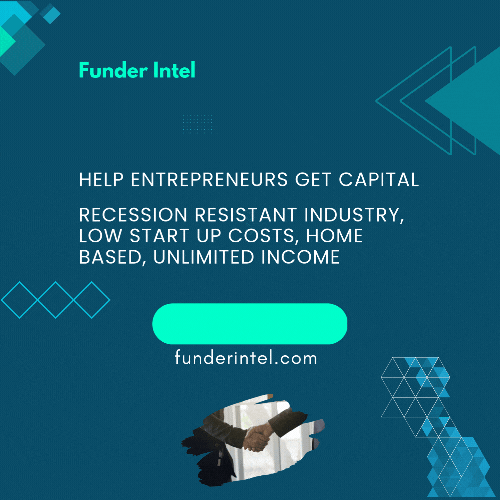From PYMNTS.COM
The July launch of the FedNow® Service — and the fact that The Clearing House’s RTP® network has been operational for six years — underscores the need for banks to examine their legacy payments architecture, Form3 U.S. CEO Dave Scola told PYMNTS.
Scola’s remarks came as part of the continuing “What’s Next” series, examining the looming trends in payments demand and innovations.
And that means looking at what works, what doesn’t and where changes need to be made.
“There’s the desire to meet client demand for real-time payments for enhanced data to capture, and to leverage some additional services on top of the payments,” Scola said.
Addressing the Pain Points and ‘Creaking’ Systems
The “creaking, older legacy platforms,” he noted, are struggling to adapt to new demands, particularly the technological demands that come with 24/7/365 operations. The volumes that are crossing and are expected to cross real-time rails may not be huge at the moment, but there will be a groundswell through the next year, with momentum accelerating into 2025.
The dynamics and demands are leading financial services execs to earmark money for innovation in the year ahead, he said. Among the key initiatives lies a continued shift to the cloud to access core platforms and payments gateways and to use more off-premise options to help them move to market more quickly with new products and services.
“APIs are now moving into the ‘center frame’ in order to facilitate the interaction of those core components,” he said.
No conversation about payments innovation would seem to be complete without at least some discussion of artificial intelligence (AI). Scola observed that AI and machine learning have been tools leveraged in innovation and will continue to prove useful in fraud prevention and risk management.
“AI opens up new avenues for fraud analytics, though the application of AI to payments has yet to be seen,” he said.
Read full story:


